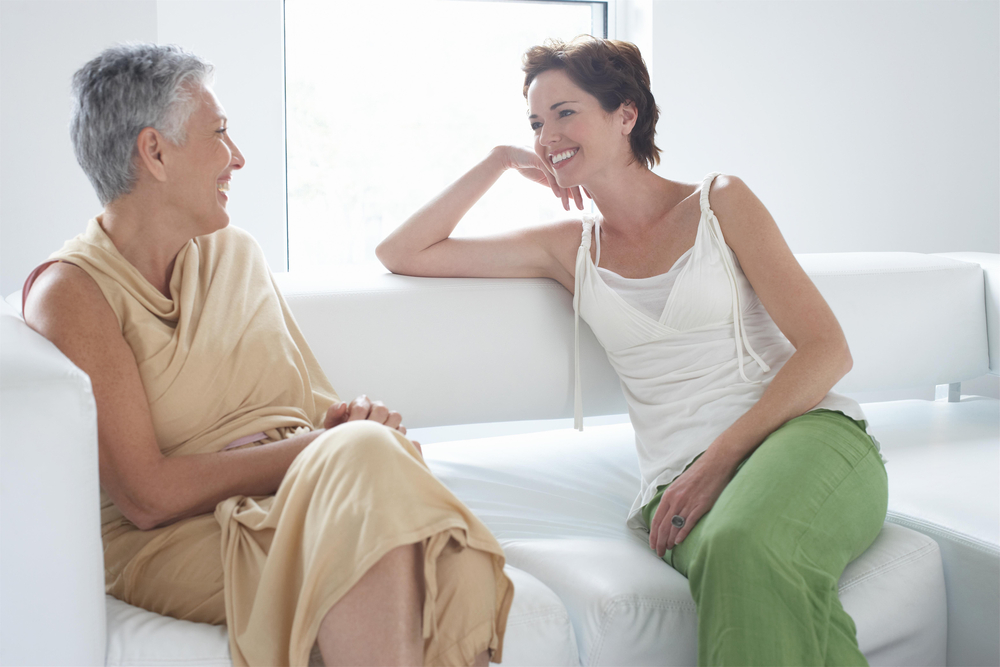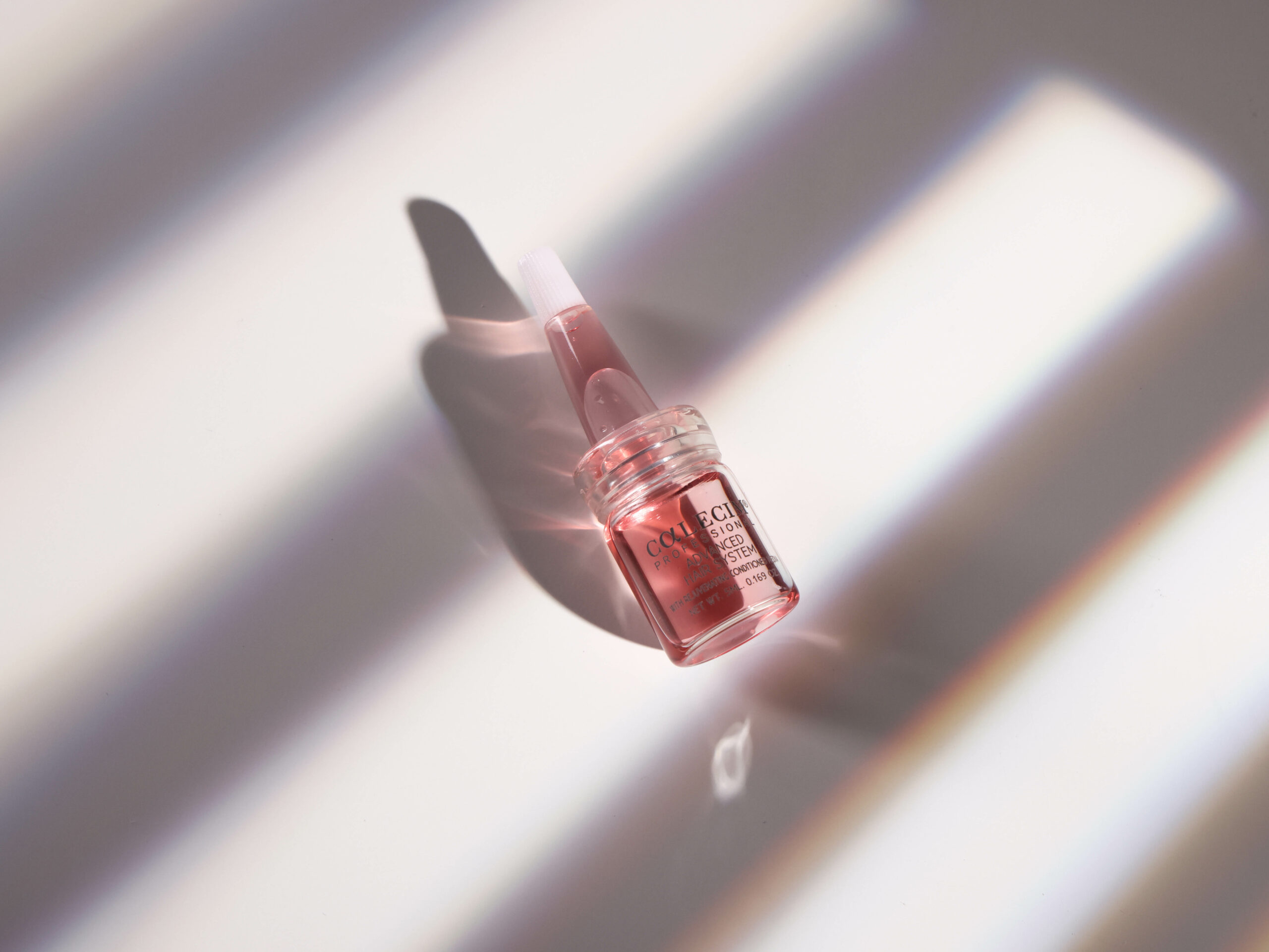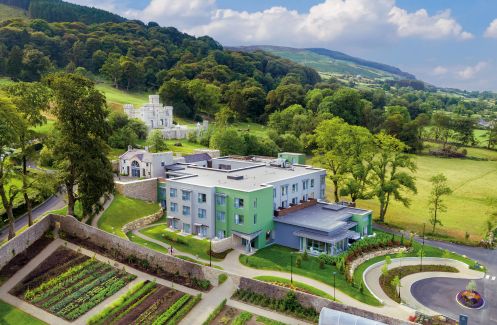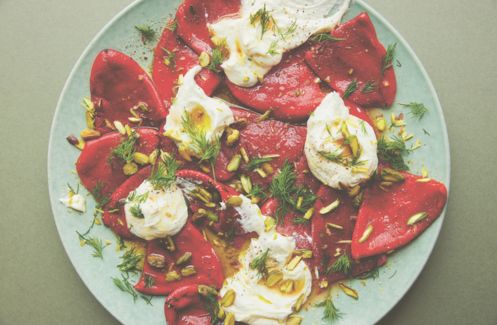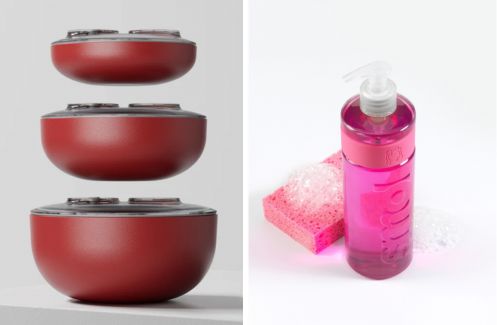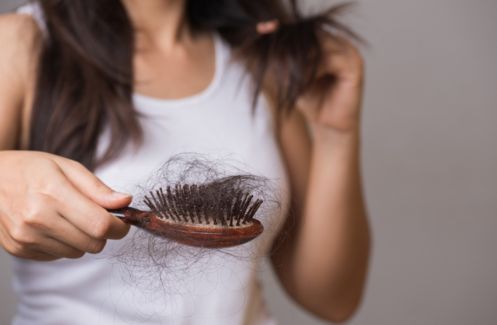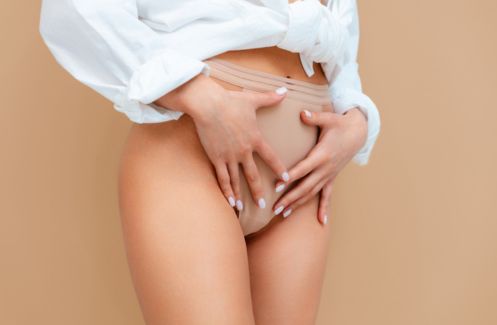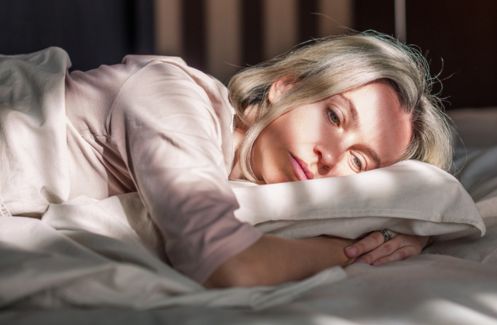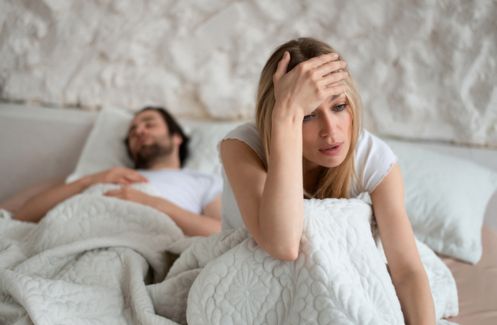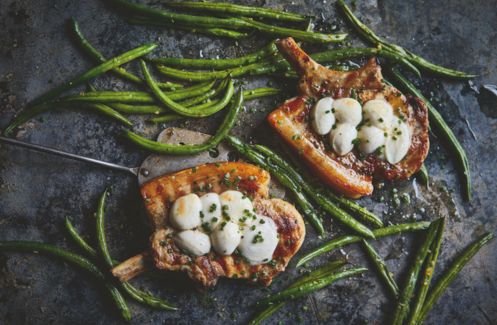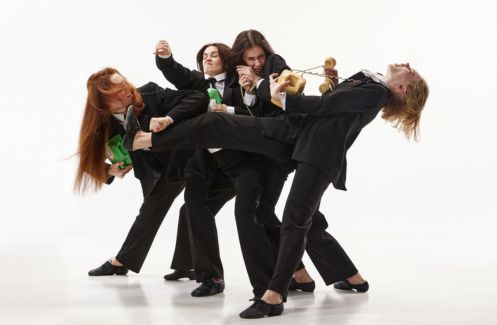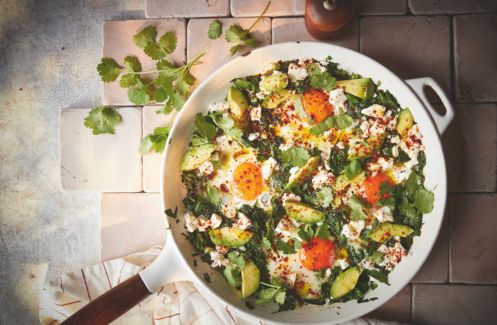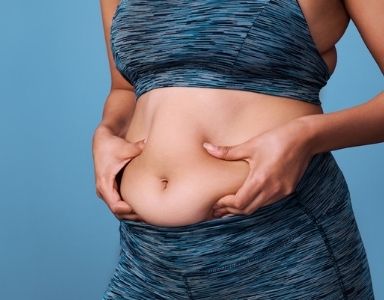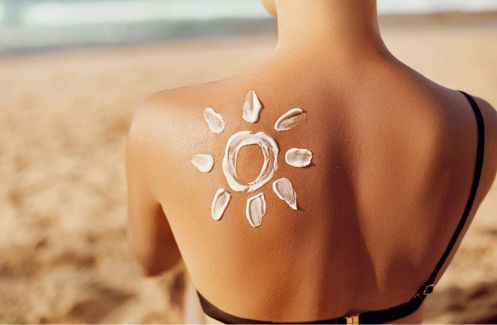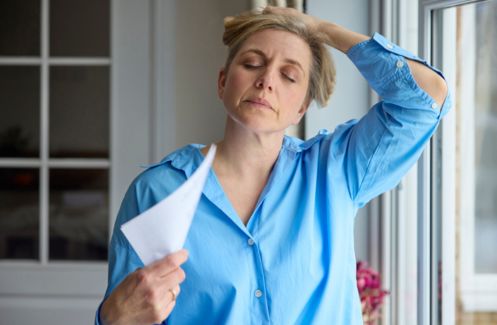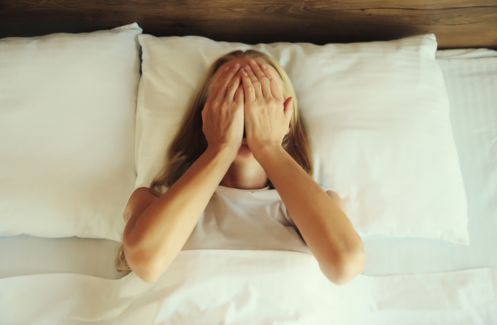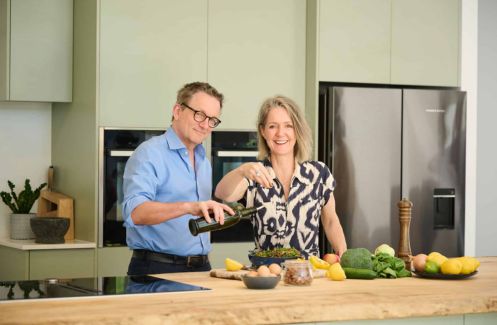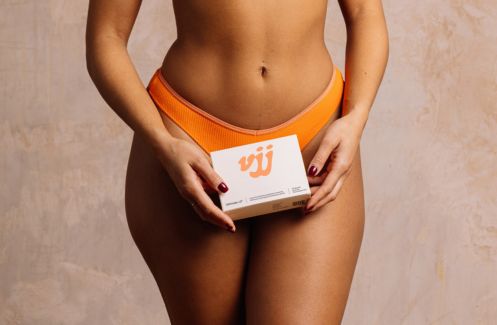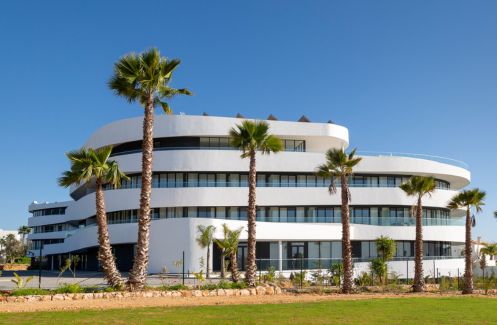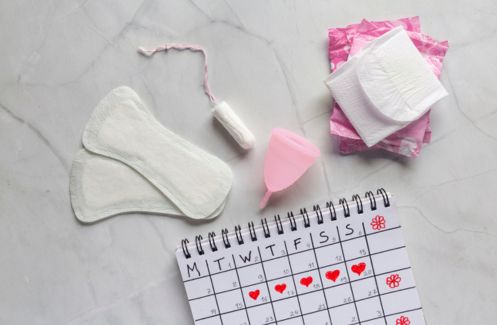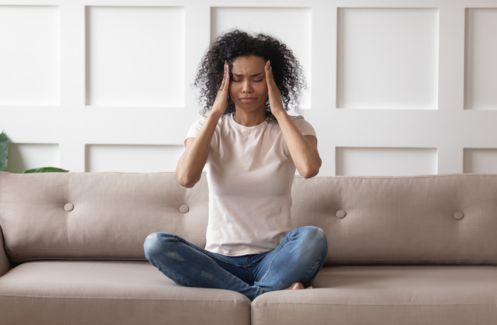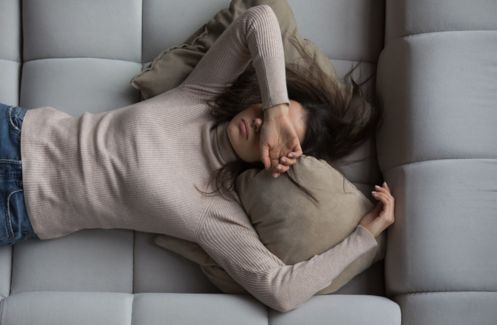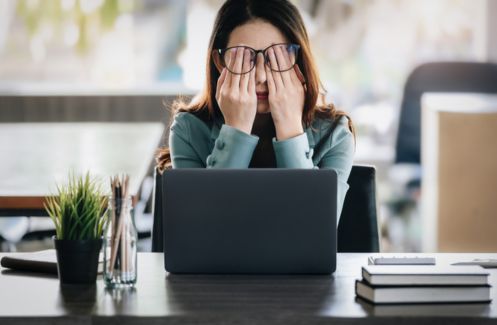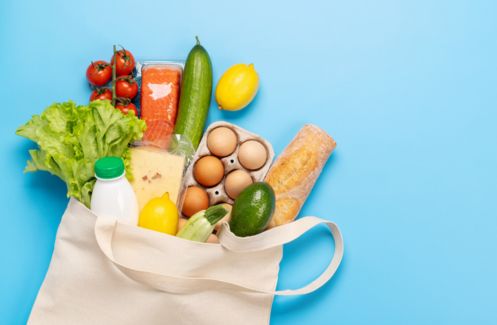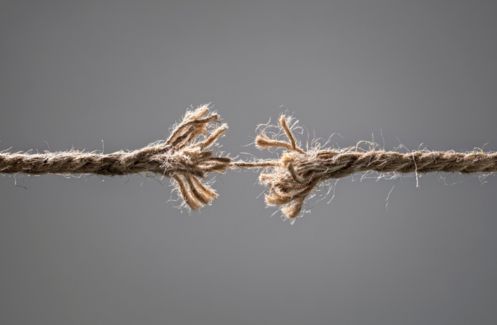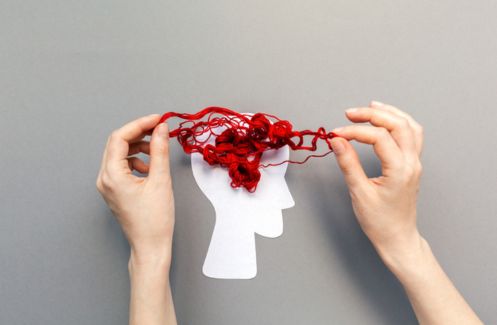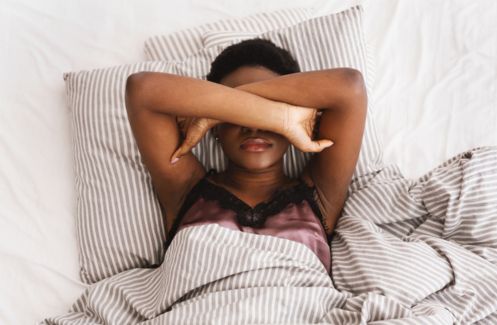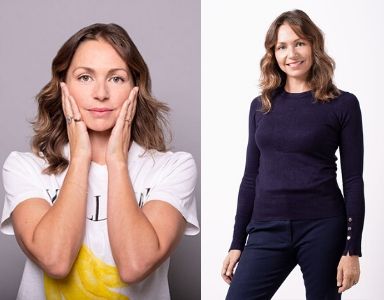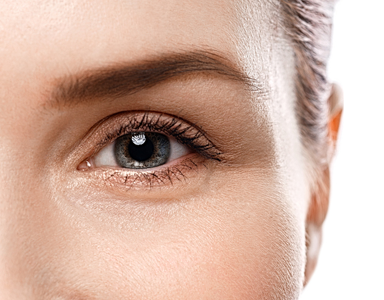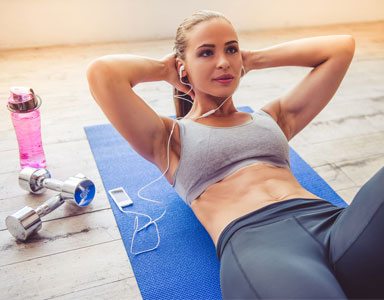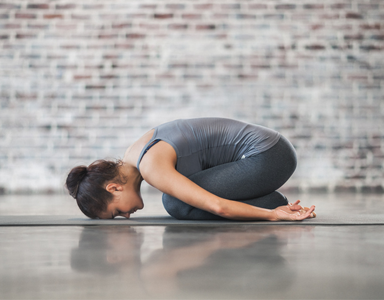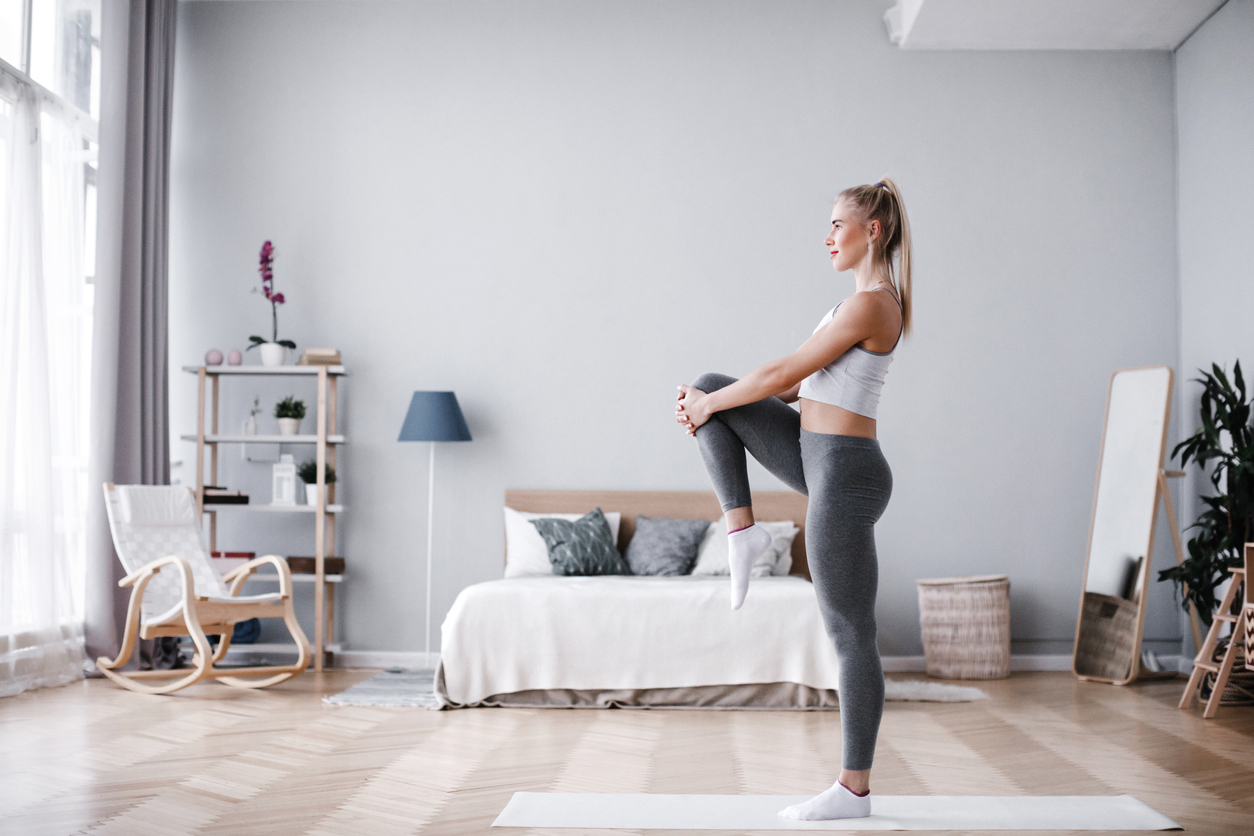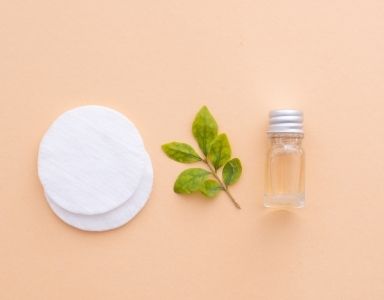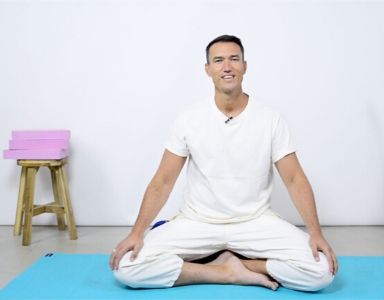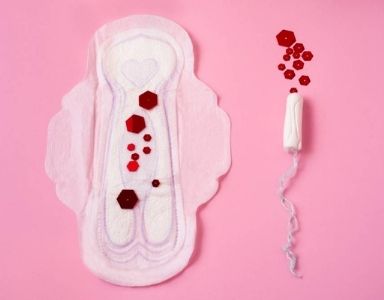One in two women and one in five men over 50 will suffer a bone fracture in the UK. Here’s what to do in your 20s, 30s and 40s to keep your bones stronger for longer.
When it comes to your bones there are no outward signs that they’re becoming weak, brittle and at increased risk of a future fracture. That’s why experts talk about the ‘silent epidemic’ of the estimated three million Britons with osteoporosis most of whom won’t know they have weakening bones until a fracture occurs later in their lives.
Each year in the UK there are some 230,000 fractures of the wrist, hip and spine because of osteoporosis and according to the World Health Organisation, that’s a figure set to double by 2050.
‘We get a peak bone mass in our late 20s and then from about 35 onwards we start to lose bone mass,’ says Sarah Leyland, senior osteoporosis nurse with the National Osteoporosis Society (NOS). ‘For women, bone health becomes significant in the run up to menopause and afterwards as dropping levels of estrogen mean they lose the protection that this hormone provides in naturally keeping bones strong.’ For women, she says, there is a rapid bone loss in the 10-15 years during and after the menopause and a continual loss of bone density after that. But we have a ‘living skeleton’ and our bones are constantly being replenished and remodelled which means we can influence this process through our lifestyle. Here’s how
1. Talk to your mother 80 per cent of our bone health is inherited from our parents and the remaining 20 per cent is influenced by our lifestyle. If your mother had osteoporosis and/or a hip fracture, or one of your siblings has a diagnosis of osteoporosis, ask your GP if you can be referred for a DEXA bone scan.
2. Know your risk ‘Catching brittle bones early is crucial as you can stop the condition worsening by changing your lifestyle or having treatment with medication to stop it your bones deteriorating further,’ says Janet Ritchie, lead clinician for Care UK specialist bone imaging. Along with being over 50 and female, key risk factors include:
- A mother of sibling with osteoporosis or fractures, especially the hip Having taken drugs called corticosteroids (usually for asthma or inflammatory conditions) which cause bone thinning)
- Smoking five or more cigarettes a day now or in the last five years
- Drinking more than 28 units a week
- Having a Body Mass Index (BMI) of 19 or under
- Medical conditions such as coeliac and Crohn’s disease, rheumatoid arthritis and hyperthyroidism
- Early menopause
- Having had breast cancer treatment with oestrogen inhibiting drugs
- Having easily broken bones in the past
- A history of anorexia or bulimia, especially if your periods stopped for a year or more
If you have any of these , talk to your GP or call the National Osteoporosis Society’s helpline on 0845 450 0230 to discuss your risk and see if you need a DEXA bone scan which measures bone density. At nos.org.uk you can take a quiz to help gauge your risk.
3. Take ten minutes outside in the summer With increasing numbers of Brits deficient in Vitamin D, watching your intake is crucial. Though vitamin D is found in butter, eggs, sardines, herring and fortified margarines and milks, it’s most effectively made when the skin is exposed to the sun in the summertime. Though winter sunlight in the UK isn’t strong enough to promote Vitamin D formation your body can store what it makes in the summer for the winter. During the summer months get outside for 10-20 minutes a day without wearing sunscreen.
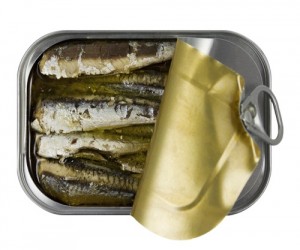
5. Rethink high-protein Diets like these often limit fruit and vegetables (especially Atkins and Dukan) and can cause bones to thin, says Dr Glenville. Our blood exists best at a neutral pH of around 7.5 where acid and alkaline levels are even. ‘But high protein diets cause an acidic affect on the body so it tries to re-balance it’s pH levels by leeching alkalizing calcium from the bones and teeth. Over time this can weaken bones’. If you’re trying to lose weight, having protein such as lean meat, fish, poultry pulses or nuts at every meal satisfies appetite but have it with alkalizing fruits and vegetables so your blood pH remain neutral.
6. Avoid tea with food The tannins in it can bind to minerals such as calcium and iron and prevent their absorption by the body.
7. Increase balance Yoga, Pilates, barre work – anything that builds up our balance could help reduce falls later in life. One study published in the Journal of the American Geriatrics Society found that Tai Chi practiced weekly could reduce the risk of multiple falls in later life by almost 50 per cent.
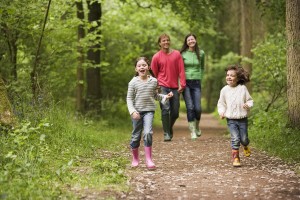
9. Get stronger As we get older, we lose essential muscle and studies carried out at Glasgow Caledonian University have found that strength training – along with weight-bearing and balance exercise – was key to improving bone density in post-menopausal women. If you’re new to resistance training, learn the basics in fab book Get Fit Not Fat by Professor Greg Whyte (Kyle Cathie, £14.99)
Like this article? Sign up to our newsletter to get more articles like this delivered straight to your inbox.




